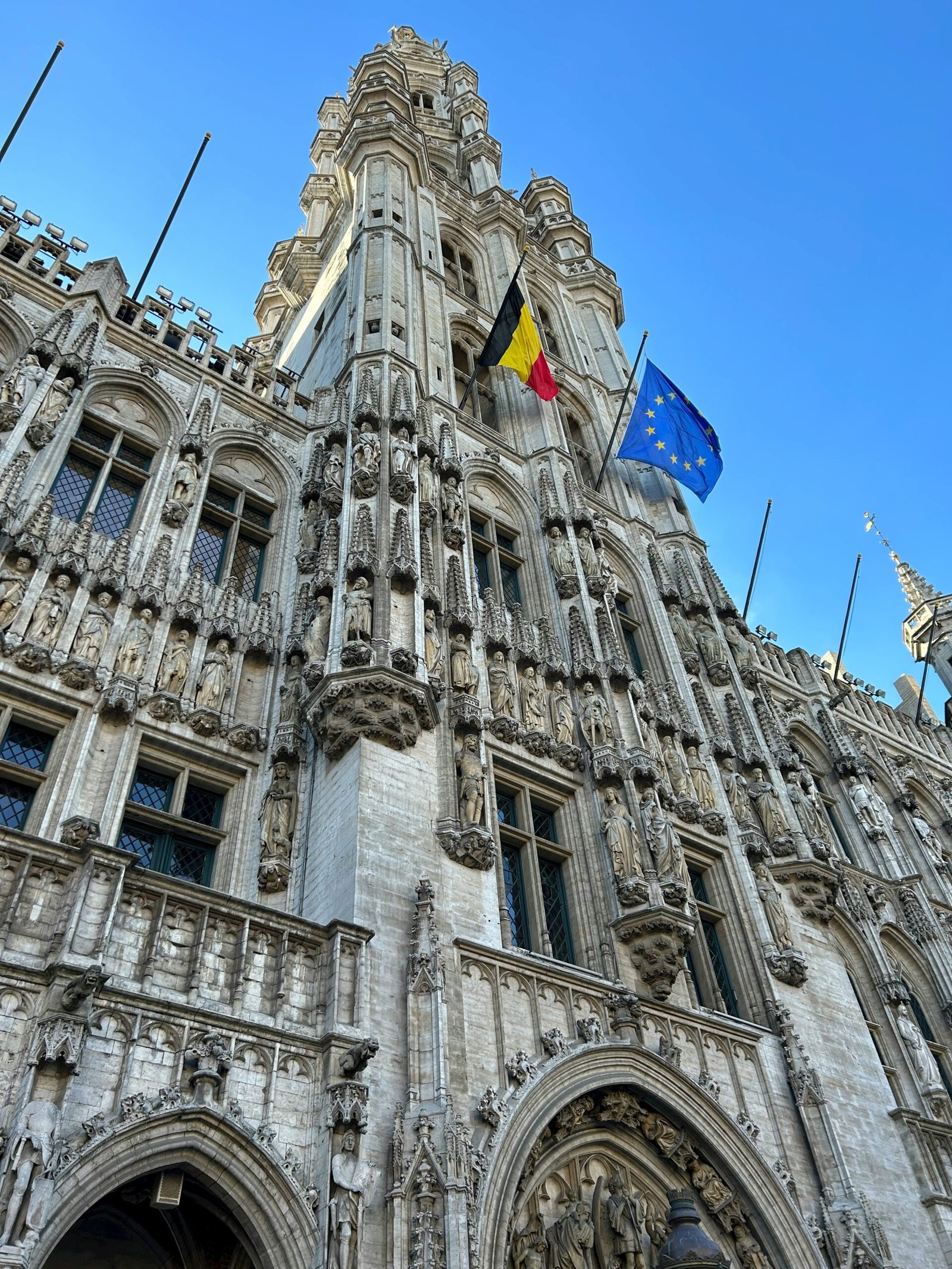The flamboyant style in architecture is a captivating and intricate form of Gothic architecture that emerged during the late medieval period. Known for its ornate and extravagant designs, flamboyant architecture is characterized by its intricate tracery, flowing lines, and flamboyant decorations. In this article, we will delve into the history, features, and significance of flamboyant gothic architecture.
Flamboyant Architecture – Origins and Development
The flamboyant style originated in France during the 14th century and reached its peak in the 15th century. It was a period of artistic and architectural innovation, marked by a departure from the simplicity of earlier Gothic styles such as Early English and Decorated Gothic. The term “flamboyant” itself refers to the flame-like shapes and curves that are prevalent in the architectural elements of this style.
flamboyant style
One of the most iconic examples of flamboyant gothic architecture is the Sainte-Chapelle in Paris. Built in the 13th century, it showcases the elaborate tracery and intricate detailing that became characteristic of the flamboyant style.
Key Features
Flamboyant gothic architecture is known for its distinctive features, which set it apart from other Gothic styles:
- Elaborate Tracery: The flamboyant style is characterized by intricate and flamboyant tracery, which refers to the delicate stone or woodwork that forms the decorative patterns in the windows and arches. The tracery often takes on intricate, curvilinear forms, resembling flames or flowing water.
- Curvilinear Forms: Unlike the straight lines and geometric shapes of earlier Gothic styles, flamboyant architecture embraces flowing and curvilinear forms. The arches, vaults, and moldings in flamboyant buildings often feature intricate curves and undulating lines.
- Ornate Decorations: Flamboyant gothic architecture is renowned for its lavish decorations. Buildings in this style are adorned with intricate carvings, sculptures, and embellishments, often featuring motifs such as foliage, flowers, and mythical creatures.
- Vertical Emphasis: Flamboyant buildings often have a vertical emphasis, with tall and slender proportions. This verticality is accentuated by the use of pointed arches, soaring spires, and intricate pinnacles.
Significance and Legacy
The flamboyant style played a significant role in the evolution of Gothic architecture. It represented a shift towards more decorative and expressive forms, reflecting the changing tastes and cultural influences of the time. The flamboyant style also allowed for greater experimentation with architectural techniques, resulting in the creation of more daring and intricate structures.
flamboyant gothic architecture
Flamboyant gothic architecture left a lasting legacy in Europe, particularly in France. Many of the iconic cathedrals and churches in France, such as the Notre-Dame Cathedral in Rouen and the Reims Cathedral, exhibit flamboyant elements. These structures continue to inspire awe and admiration for their intricate beauty and architectural innovation.
Conclusion
The flamboyant style in Gothic architecture is a testament to the creativity and craftsmanship of medieval architects. Its intricate tracery, flowing lines, and flamboyant decorations continue to captivate and inspire to this day. Whether you are an architecture enthusiast or simply appreciate the beauty of historical buildings, exploring flamboyant gothic architecture is a journey into a world of artistic expression and architectural mastery.
